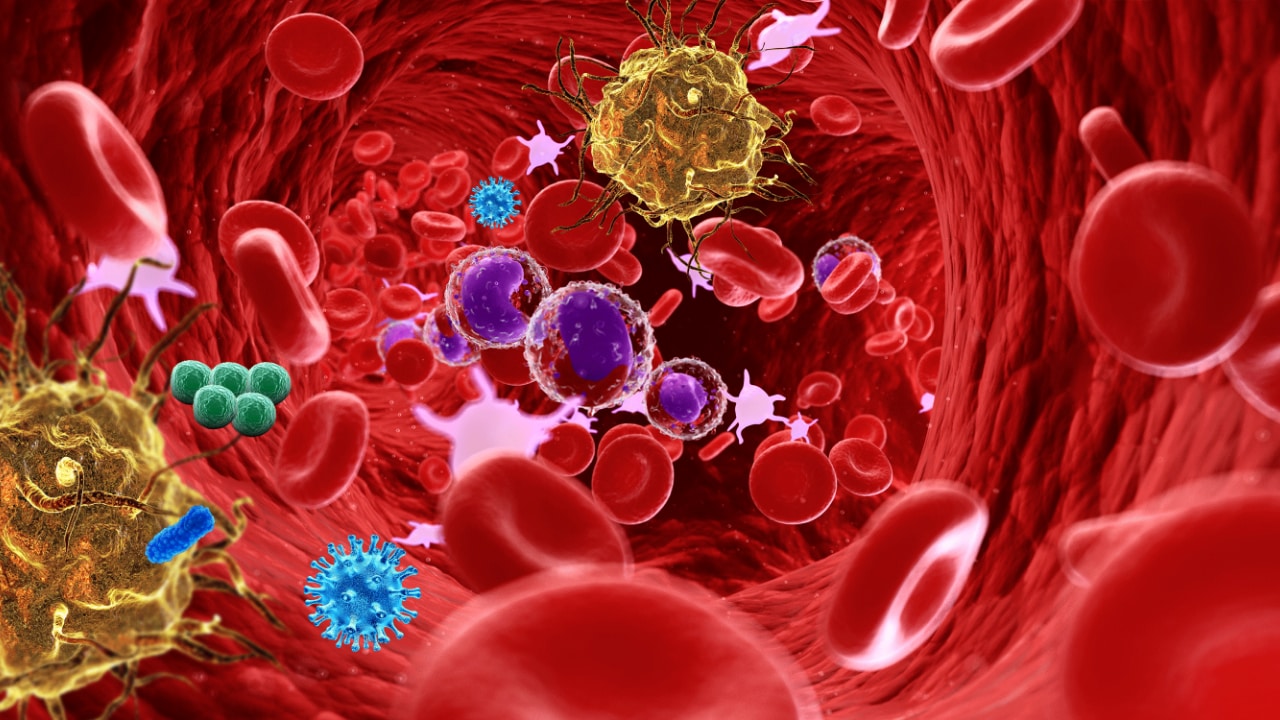Abstract and Introduction
Abstract
Introduction: Racial and ethnic minorities are disproportionately affected by end-stage kidney disease (ESKD). ESKD patients on dialysis are at increased risk for Staphylococcus aureus bloodstream infections, but racial, ethnic, and socioeconomic disparities associated with this outcome are not well described.
Methods: Surveillance data from the 2020 National Healthcare Safety Network (NHSN) and the 2017–2020 Emerging Infections Program (EIP) were used to describe bloodstream infections among patients on hemodialysis (hemodialysis patients) and were linked to population-based data sources (CDC/Agency for Toxic Substances and Disease Registry [ATSDR] Social Vulnerability Index [SVI], United States Renal Data System [USRDS], and U.S. Census Bureau) to examine associations with race, ethnicity, and social determinants of health.
Results: In 2020, 4,840 dialysis facilities reported 14,822 bloodstream infections to NHSN; 34.2% were attributable to S. aureus. Among seven EIP sites, the S. aureus bloodstream infection rate during 2017–2020 was 100 times higher among hemodialysis patients (4,248 of 100,000 person-years) than among adults not on hemodialysis (42 of 100,000 person-years). Unadjusted S. aureus bloodstream infection rates were highest among non-Hispanic Black or African American (Black) and Hispanic or Latino (Hispanic) hemodialysis patients. Vascular access via central venous catheter was strongly associated with S. aureus bloodstream infections (NHSN: adjusted rate ratio [aRR] = 6.2; 95% CI = 5.7–6.7 versus fistula; EIP: aRR = 4.3; 95% CI = 3.9–4.8 versus fistula or graft). Adjusting for EIP site of residence, sex, and vascular access type, S. aureus bloodstream infection risk in EIP was highest in Hispanic patients (aRR = 1.4; 95% CI = 1.2–1.7 versus non-Hispanic White [White] patients), and patients aged 18–49 years (aRR = 1.7; 95% CI = 1.5–1.9 versus patients aged ≥65 years). Areas with higher poverty levels, crowding, and lower education levels accounted for disproportionately higher proportions of hemodialysis-associated S. aureus bloodstream infections.
Conclusions and Implications for Public Health Practice: Disparities exist in hemodialysis-associated S. aureus infections. Health care providers and public health professionals should prioritize prevention and optimized treatment of ESKD, identify and address barriers to lower-risk vascular access placement, and implement established best practices to prevent bloodstream infections.
Introduction
More than 800,000 persons in the United States live with ESKD, 70% of whom are treated with dialysis (89% hemodialysis and 11% peritoneal dialysis); 30% have a functioning kidney transplant.[1] Race, ethnicity, and social determinants of health* affect development of ESKD.[1–4] ESKD prevalence is fourfold higher among Black persons and more than twofold higher among Hispanic than among White persons,[1] disparities which are thought to be attributable at least in part to underlying conditions such as hypertension and diabetes mellitus.[1–3] Furthermore, disparities in pre-ESKD nephrology care and receipt of ESKD therapies exist for these same groups, as well as those with lower income and insurance coverage.[1,5–9] Black persons constitute 33% of all U.S. patients receiving dialysis,[1] but only 12% of the U.S. population.[10]
Infections are a leading cause of morbidity and mortality in hemodialysis patients.[1] S. aureus is the most commonly isolated pathogen among bloodstream infections in hemodialysis patients reported to NHSN; 40% of those infections are methicillin resistant (MRSA)†.[11] Higher rates of invasive S. aureus infections have been observed in dialysis patients compared with nondialysis patients.[12]
Type of hemodialysis access is a well-established risk factor for infections; risk is highest for central venous catheters (CVCs), lower for grafts, and lowest for fistulas.[11] Although elevated rates have been reported for both invasive MRSA infections among Black dialysis patients[13] and hospitalizations for dialysis-related infections among adult Black patients and older Hispanic patients (aged >60 years),[14] the association among hemodialysis-related infections, race and ethnicity, and social determinants of health is largely undescribed. To identify groups experiencing high numbers and risk of infections and to determine which preventive interventions should be prioritized, this study used a national facility-level reporting system and a laboratory- and population-based surveillance network to understand markers of disparities in the risk for S. aureus bloodstream infections in hemodialysis patients. This activity was reviewed by CDC and was conducted consistent with applicable federal law and CDC policy.§
Morbidity and Mortality Weekly Report. 2023;72(6):153-159. © 2023 Centers for Disease Control and Prevention (CDC)












